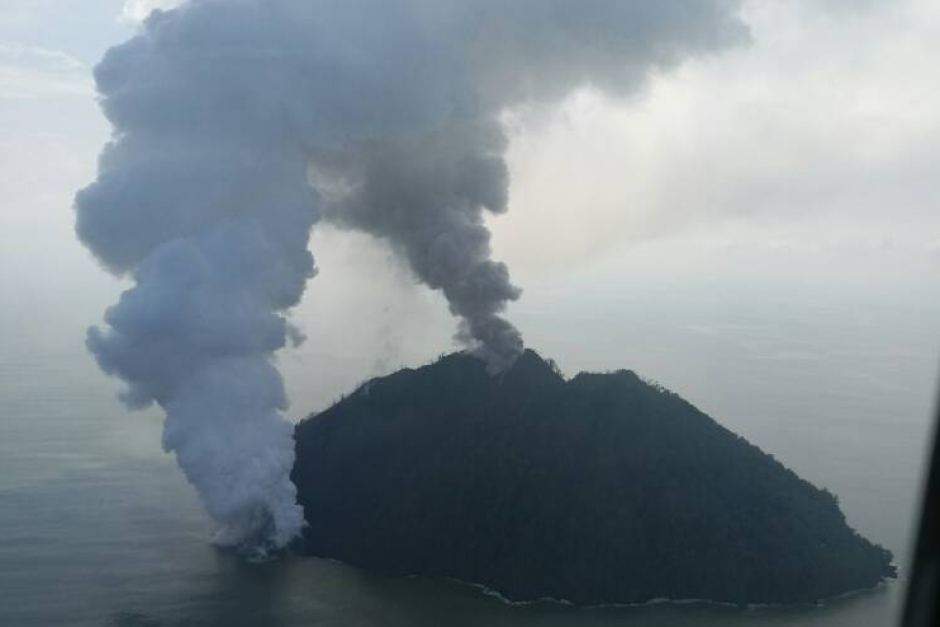Expert Reaction
These comments have been collated by the Science Media Centre to provide a variety of expert perspectives on this issue. Feel free to use these quotes in your stories. Views expressed are the personal opinions of the experts named. They do not represent the views of the SMC or any other organisation unless specifically stated.
Dr Chris Firth is a volcanologist
Kadovar volcano, off the north coast of PNG, has been erupting since the 5th of January. This is the first well documented eruption from the volcano, although William Dampier reported activity at Kadovar (or potentially one of the nearby islands) in 1700 AD.
The current eruption has involved emissions of volcanic gas, with plumes of sulphur dioxide observed by NASA's OMI satellite instrument since the eruption began. These have been accompanied by blasts releasing volcanic ash (pulverised fragments of magma). This ash has been blown westward by the prevailing winds, for distances up to 150 km. The volcanic ash advisory centre (VAAC) in Darwin has been monitoring the ash emissions, issuing a number of alerts for aviation over the past week. With the evacuation of Kadovar's population to the mainland, ash emissions from the volcano are unlikely to pose a major threat unless the eruption intensifies.
The volcano rises steeply from the sea and there is a possibility that the eruption may trigger landslides, which could in-turn cause tsunami. The geomorphology of the island indicates that such landslides have occurred in the past.
Given the volcano's remoteness and dormancy it has not been well studied in the past and does not have the monitoring infrastructure that is in place on other, more regularly active volcanoes. This makes it very hard to predict what will happen during the course of the current eruption.



 Australia; NSW
Australia; NSW


